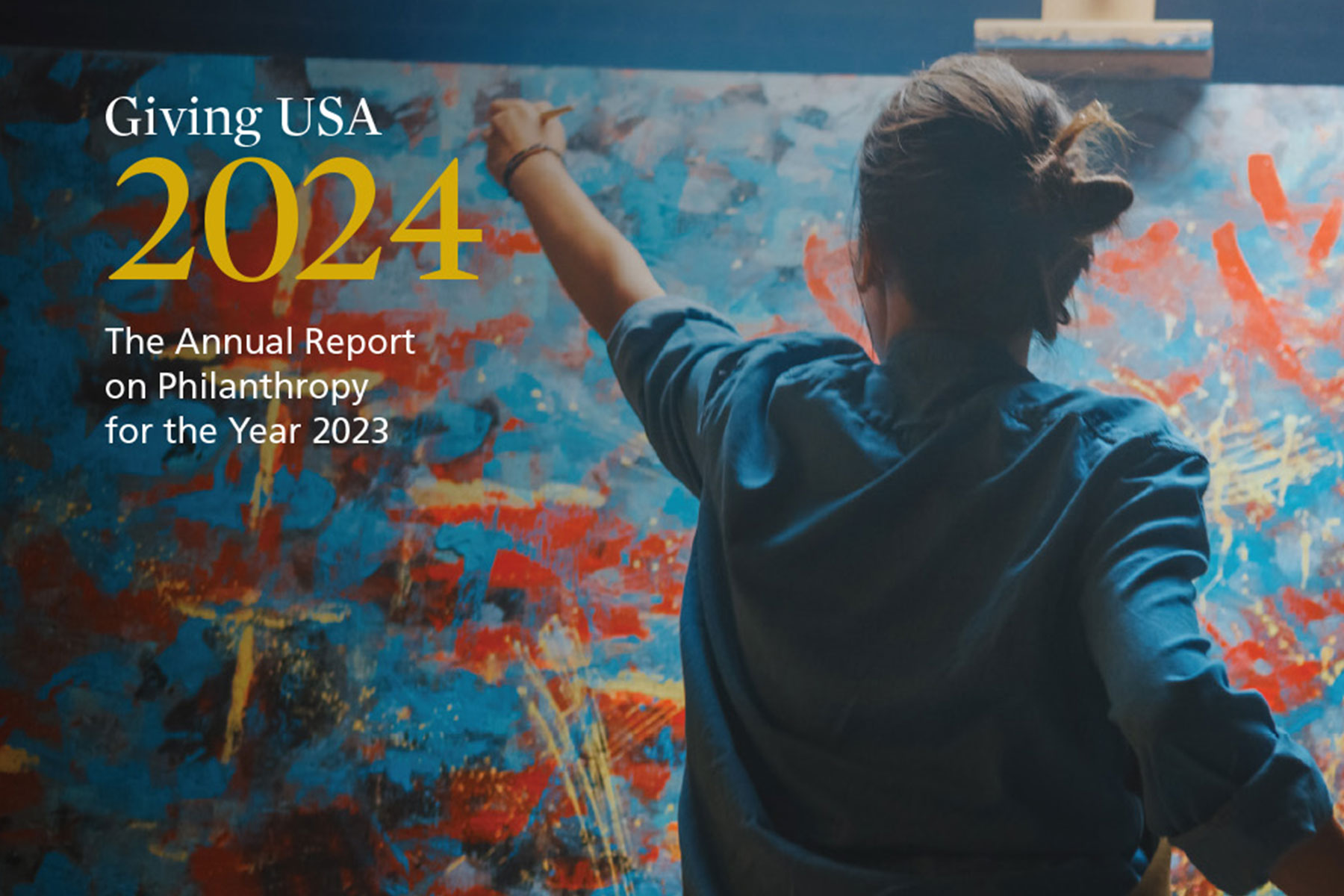As the holiday memories fade and we start the new year, now is the perfect time to reflect on the past year and develop an action plan. It is time to go beyond just thanking donors and start engaging donors. There are many ways you can go beyond the standard acknowledgment letter to get personal with your donors.
Focus, Focus, Focus
Most major gift officers I know have large portfolios of donors at various stages of engagement. Having personal and meaningful interaction with all donors is impossible. Take a look at donors who made a significant gift in the last quarter of 2018. Focus on these individuals and develop a quarterly engagement plan for 2019. Each quarter you can look back on recent contributions to create new donor engagement plans for donors.
Be Prepared!
“By failing to prepare, you are preparing to fail.”
Benjamin Franklin
Develop a list of existing events or opportunities to engage your donors throughout the year. Below is an example of an engagement plan for scholarship donors. In this example, several donors in your portfolio recently made major year-end gifts to support scholarships at your university.
Engagement Plan
- January: As a follow-up to the acknowledgment letter, draft a letter from the VP of Student Affairs describing the impact scholarships have on student success. In this letter, tell the story of a current scholarship recipient.
- April: Contact the student profiled in the letter from the VP and ask if they would be willing to sign a letter to a few donors. This letter would describe how scholarship support has made a difference to them. You can provide a draft copy of the message and ask the student to add their personal story and sign the letter.
- July: Develop a personal impact report for each donor that highlights scholarship recipients who have graduated and what they are doing after graduation, create an infographic to show the overall impact of scholarship funds to students. Use quotes and photos to help connect the faces to the stories. Consider tapping into video storytelling using the YouTube giving tool and email a link to donors.
- September/October: Invite scholarship donors to your annual scholarship luncheon. Provide a personal note on the invitations to encourage donors to attend. Assist in the seating plans so that you can position donors with scholarship students and faculty or other crucial university leaders.
Look at alternate ways to target donors, including demographics, acquisition source, channel preference, and age. Make sure donors are receiving external publications during the year. These should include both print and electronic publications.
Tell stories to show an impact
Storytelling helps the reader better understand key points enabling better recall of those points weeks later. Therefore, using stories to illustrate impact is a great way to share how your organization is making a difference.
In the new year, consider how you can improve donor engagement and ways you can get personal with your donors throughout the year. The more engaged donors are in the mission of your organization, and the impact philanthropy has, the more willing donors are to continue supporting your organization. By focusing your outreach, being prepared by creating a plan, and sharing impact stories, you are starting the year off in the right direction.




